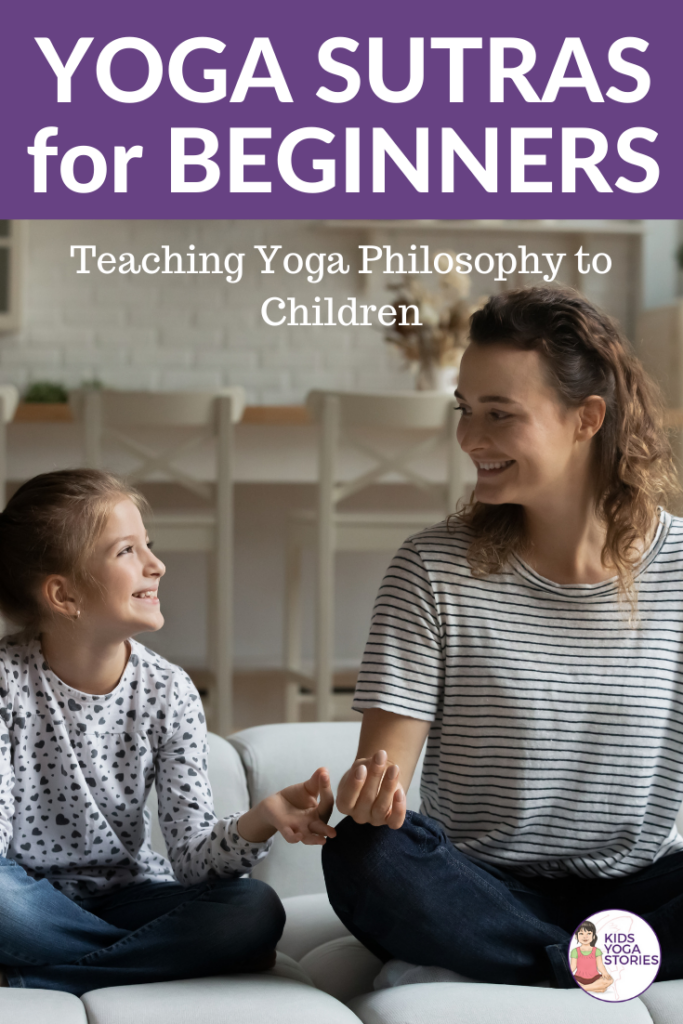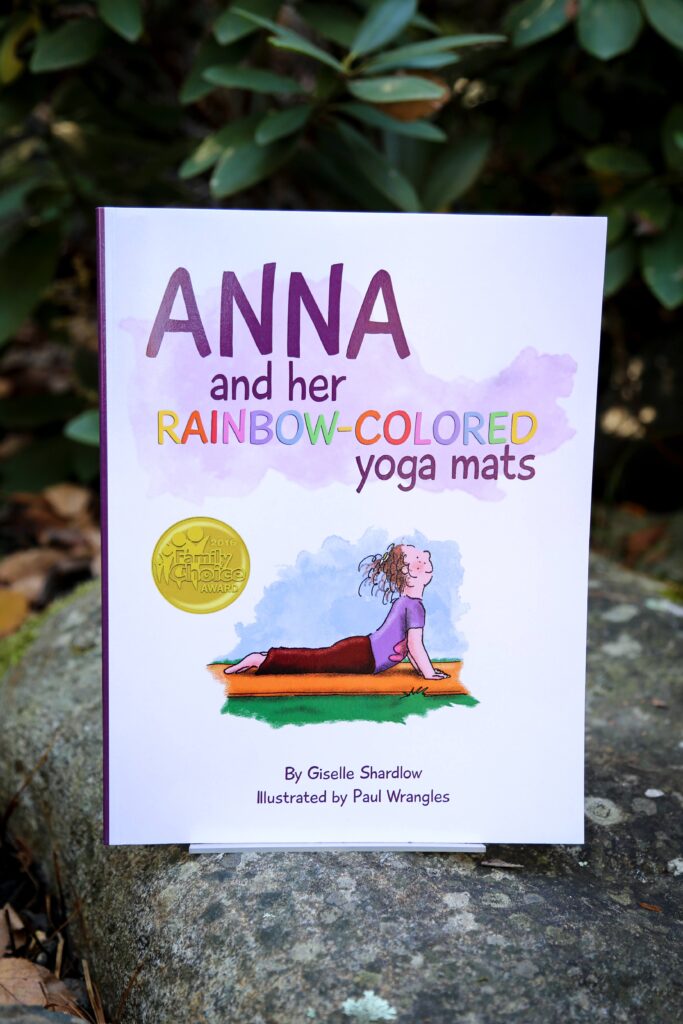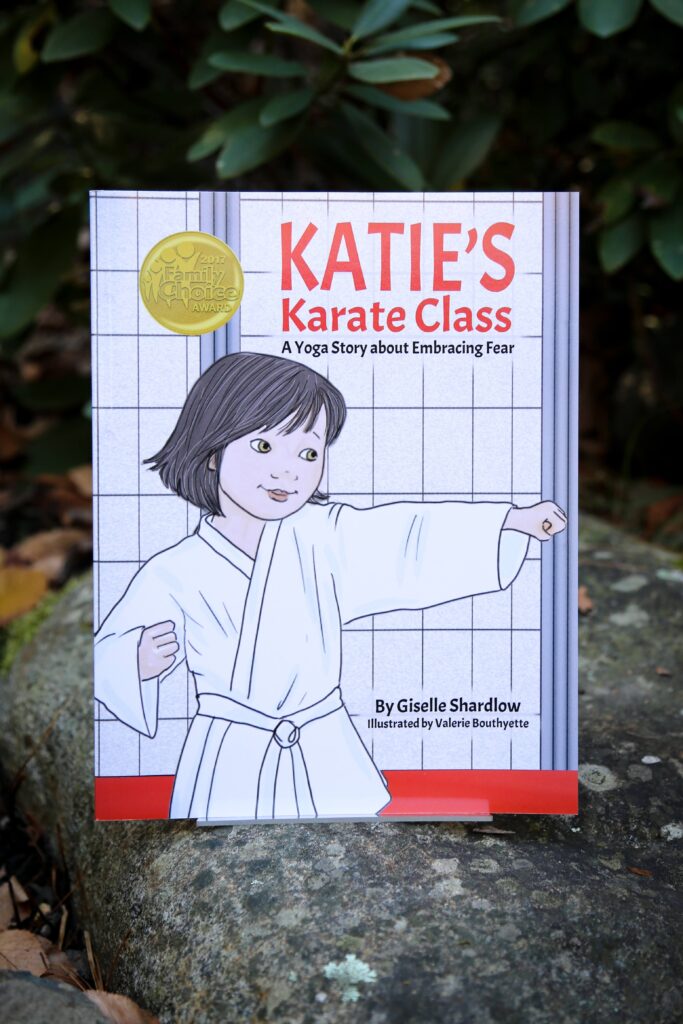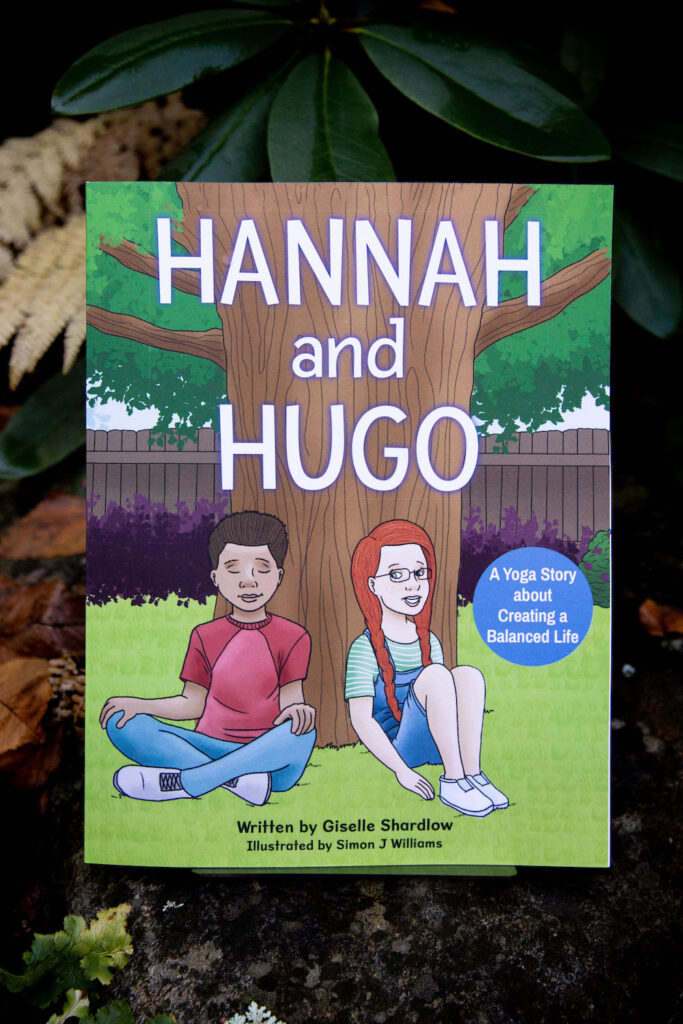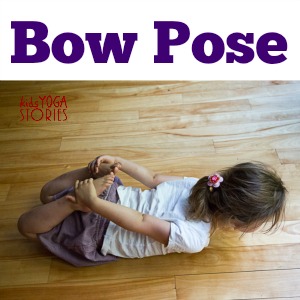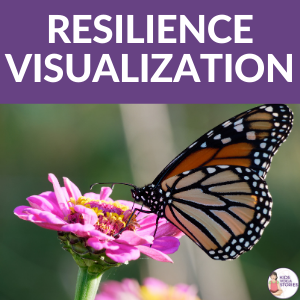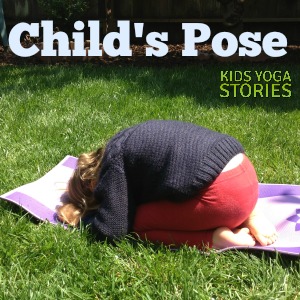4 Yoga Sutras for Beginners: Teaching Yoga Philosophy to Children
Yoga sutras for beginners. When we think of introducing yoga to children, we normally think of the physical postures—and for good reason. Acting out animals or going on pretend yoga journeys are easy ways to capture young children’s interest. For older children, focusing on different aspects like hip-opening, flexibility, or strengthening poses are great for stretching after a long day of sitting at school or getting ready for their sports practice.
However, yoga philosophy can also be fun, thanks to the accessibility of The Yoga Sutras of Patanjali, an ancient scripture from India. In this ancient text, Patanjali describes a list of suggested protocols for us to create a conscious spiritual practice, which integrates well across all religions and cultures, ultimately to help us on our quest to being happy, kind, productive people.
Today, I would love to share with you four yoga sutras that are easy to introduce to children.
This post contains affiliate links.
Three Translations of the Yoga Sutras of Patanjali:
Last year, I took a Yoga Sutras course by my teacher, Katie Rose, of Bhakti Rose in Australia. She recommended these three translations, which I will use to explore those four yoga sutras further:
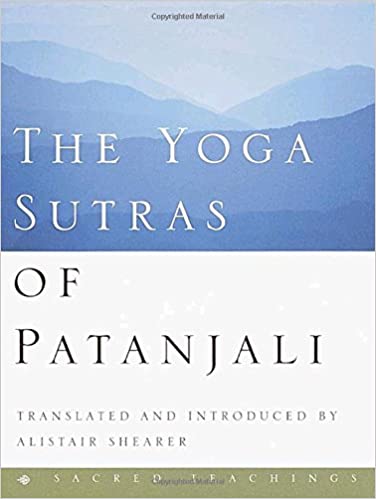
The Yoga Sutras of Patanjali, translated by Alistair Shearer [AS]
If you are going to buy just one text on the yoga sutras, I highly recommend grabbing this copy translated by Alistair Shearer. This is the book that I’ve kept close since I took yoga teacher training in 2005. It’s simple, accessible, and practical—perfect as a starter version.
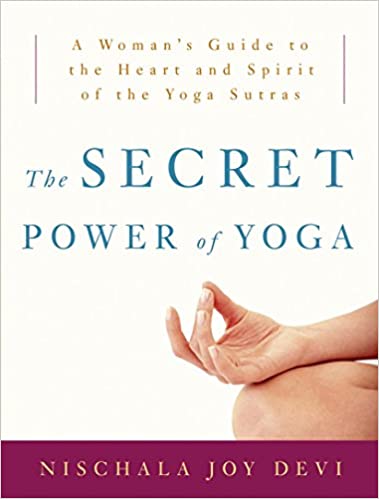
The Secret Power of Yoga, by Nischala Joy Devi [ND]
If you are looking for a feminine perspective, then definitely check out this version of the yoga sutras. Chapters 1 and 2 contain lists of protocols that present in a logical, linear way (seen as masculine), whereas this author has written this heart-centered, intuitive version for women.

The Yoga Sutras of Patañjali, translated by Edwin F. Bryant [EB]
This 600-page translation is another important work to understanding the yoga sutras at a deeper level. If you are looking for a more in-depth translation, check out this book.
My Four Favorite Yoga Sutras to Share with Children:
I have four favorite yoga sutras that I write about repeatedly on our Kids Yoga Stories blog and newsletter. I’ve translated them into:
1.32: Bringing your mind to a single focus will help eliminate life’s obstacles.
1.33: To be happy yourself, you must be happy for those around you.
2.33: Think the opposite when faced with negative thoughts.
2.46: We need a balance of both effort and surrender in life.
Below, we explore these four yoga sutras in more detail. I share the three translations from Alistair Shearer [AS], Nischala Joy Devi [ND], and Edwin Bryant [EB], so you can see that these scholars have similar, but slightly different interpretations of the yoga sutras.
And that’s the whole point. The Yoga Sutras of Patanjali is meant to be a text that we read, study, and interpret in ways that are meaningful to us at that time. Your interpretation may even change over time.
Yoga Sutras for beginners: Yoga Sutra 1.32
Three Translations of This Yoga Sutra Are:
1.32: But they can be eliminated if the mind is repeatedly brought to a single focus. [AS]
(“They” refers to obstacles such as illness, fatigue, doubt, carelessness, laziness, attachment, and delusion (1.30))
1.32: These physical, mental, and emotional imbalances can be prevented from engaging by developing loyalty to a spiritual practice. [ND]
1.32: Practice (of fixing the mind) on one object (should be performed) in order to eliminate these disturbances. [EB]
Some Thoughts:
Patanjali suggests there are many obstacles, or imbalances, that can make us suffer. These obstacles include “illness, fatigue, doubt, carelessness, laziness, attachment, and delusion.” [AS]
To heal ourselves from suffering caused by these obstacles, we must bring our mind to a single focus. This could be accomplished by practicing mindfulness activities to bring us to the present moment. Our minds are often clouded by negative, anxious, or stressed thoughts. Imagine that by simply bringing our thoughts to a single focus, we could possibly let our negative thoughts and feelings melt away.
From the wise words of Lao Tzu:
If you are depressed, you are living in the past. If you are anxious, you are living in the future. If you are at peace, you are living in the present.
One example of this is when my daughter gets herself all worked up when we are trying to get out the door. Her mind completely shuts down if she has too much going on at the same time. When she was younger, she would just scream, but now she says, “Too much. This is too much.”
So we stop and help her focus on one thing at a time to get ready. If we are going skiing, we go through each item she has to pack and help her break it down. We have to do this in a calm way to help co-regulate along her. We take it one step at a time.
Yoga Book Inspired by Yoga Sutra 1.32:
To explore this yoga sutra 1.32 further, I wrote Elizabeth and the Magnolia Fairy. This story was based on an experience my daughter and I had while visiting a fairy garden in the Southeast of England. She was initially scared to cross the rope courses, so we coached her how to get across by focusing on one step at a time. Below you find the introduction to this yoga book:
We don’t seem to know the source—whether it’s our overscheduled lives, increased screen time, or world events—but we can agree on one thing: many children today are experiencing unhealthy amounts of stress and anxiety. Children can be so consumed with worries and fears that they have a hard time focusing on anything else. This anxiety often takes over their lives and affects their schoolwork and relationships.
One of the yoga principles states, “Suffering can be eliminated if the mind is repeatedly brought to a single focus.” In this fairy yoga story, Elizabeth is paralyzed by her fear of the ropes course at the adventure playground. However, many other childhood experiences could inspire this same feeling of fear. Elizabeth meets a fairy who embodies the yoga principle of single focus and encourages her to take one step at a time.
Hopefully, this “single focus” strategy can become a part of your toolkit, as one more way to reduce stress and anxiety in order to find calm in a busy world.
Yoga Sutras for beginners: Yoga Sutra 1.33
Three Translations of This Yoga Sutra Are:
1.33: The mind becomes clear and serene when the qualities of the heart are cultivated:
-friendliness toward the joyful,
-compassion toward the suffering,
-happiness toward the pure,
-and impartiality toward the impure. [AS]
1.33: To preserve the oneness of heart and calmness of mind, nurture these qualities:
-kindness to those who are happy
-compassion for those who are less fortunate
-honor for those who embody noble qualities
-equanimity to those whose actions oppose your values. [ND]
1.33: By cultivating an attitude of friendship toward those who are happy, compassion toward those in distress, joy toward those who are virtuous, and equanimity toward those who are nonvirtuous, lucidity arises in the mind. [EB]
Some Thoughts:
There is such a juicy message in this yoga sutra, because it encourages us to think of others, which is not something that necessarily comes naturally to us in our self-focused world. It goes along with the saying that if we are kind to others, the kindness will come back to us tenfold.
Nischala Joy Devi says, “The greatest challenge is to remember that we hold the keys to our own peace.” She shares these inspiring quotes for this yoga sutra:
Through compassion, you find that all human beings are just like you.”
Dalai Lama
Compassion for myself is the most powerful healer of them all.”
Theodore Isaac Rubin
The ultimate measure of a person is not where they stand in moments of comfort and convenience, but where they stand in times of challenge and controversary.”
Dr Martin Luther King Jr
We can teach our children that we are in charge of our own happiness. For example, when they are feeling angry or frustrated at someone, encourage them to empathize with that person’s situation. This will help us to take different perspectives and be compassionate for people’s words and actions.
My daughter often gets upset when another child is complimented or rewarded for something they have done. Instead of congratulating her friend, she gets upset that she didn’t win. So we talk to her about being happy for those who are happy. We encourage her to recognize the importance of celebrating other people and that it’s not just about us. Instead, being happy for others also makes us happy.
Yoga Book Inspired by Yoga Sutra 1.33:
To explore this yoga sutra 1.33 further, I wrote Anna and her Rainbow-Yoga Mats. This story was my first yoga story, written in 2005 just after taking yoga teacher training in Sydney, Australia. I remember sitting at my laptop and being struck by this story idea and thinking about how we could use stories to share yoga philosophy with children in schools. From my years of teaching, I imagined how a student could manage the nerves of starting a new school, even with the added complication of having a special need. Below you find the introduction to this yoga book:
Life these days just seems to be more confusing and complicated than ever before. Children have to navigate complex relationships and manage their big emotions from very young ages. The simple, carefree childhood days seem to be a thing of the past. Today, children’s happiness seems to stem from all the exciting things happening around them, not necessarily from within themselves. Finding our own happiness can be a challenge for anyone, especially for kids.
One of the yoga principles states, “To be happy yourself, be happy for those around you.” Anna, who feels shy and nervous on her first day at a new school, is guided by this yoga principle, which her mother taught her. She finds a way to be happy on the inside and not worry about fitting in.
Almost everyone feels different or like they don’t fit in once in a while. For Anna, finding her place among a new group of kids is even more difficult because she is hard of hearing. However, practicing yoga under a tree during recess time brings her comfort. She welcomes the friendship of a curious classmate and teaches him yoga. Their joy and happiness draws the curiosity and involvement of the rest of the students.
Anna’s happiness comes from within her and blossoms across the school, drawing others to her. Hopefully, this “happiness” strategy can become a part of your toolkit, as one more way to build tolerance and develop friendships, ultimately increasing our quality of life.
Yoga Sutras for Beginners: Yoga Sutra 2.33
Three Translations of This Yoga Sutra Are:
2.33: When negative feelings restrict us, the opposite should be cultivated. [AS]
2.33: When presented with disquieted thoughts or feelings, cultivate an opposite, elevated attitude. This is Pratipaksha (meaning: cultivate the opposite thoughts, feelings, and actions) Bhavana (Sanskrit root of our English verb “to be.”). [ND]
2.33: Upon being harassed by negative thoughts, one should cultivate counteracting thoughts. [EB]
Some Thoughts:
This is a message I use all the time to remind myself to turn negative thoughts into positive ones. When something bad happens, I shift my perspective to the opposite. On a micro level, if something doesn’t go our way, it’s easy to get upset or disappointed. But instead, we could take a pause and think the opposite and try to see that it wasn’t meant to be. Or we could look for a positive takeaway from the situation.
As author Nischala Joy Devi says, “It helps to change our attitudes rather than hoping to change the situation or the people who “cause me” to be unhappy. It is a key practice that enables us to remain in harmony, balanced, and open-hearted. Do you feel fear? Cultivate courage. Do you feel anger? Cultivate love.”
This shift in thinking puts our experience of life in our full control, reminding us we are in charge of our thoughts, feelings, and actions. It is up to us to live the life we wish for.
Recently, my daughter came home upset about her math class. She said that she rushes through her test because she’s worried when other children finish before her. But she also doesn’t want to get any incorrect answers.
So we talked to her about turning these worries into confidence. We encouraged her to focus on the test in front of her and show what she’s learned in math, instead of focusing on what she doesn’t know. It’s up to her to turn her thoughts around and feel confident. If she takes longer to finish, it’s because she’s being extra diligent, not because she is slow at math.
Yoga Book Inspired by Yoga Sutra 2.33:
To explore this yoga sutra 2.33 further, I wrote Katie’s Karate Class. This story was based on my daughter taking karate classes when she was five years old. My husband really wanted her to try karate because he did it when he was growing up and knew the benefits firsthand. Initially, she was very resistant, but after a few times of talking through what made her nervous and how she could think more positively about joining the class, she felt more comfortable. Below you find the introduction to this yoga book:
Though technology has brought the global community closer together, it seems to have somehow given children more fears. They see and hear more than ever before—and the content isn’t always developmentally appropriate. Also, some children just tend to have a harder time starting something new. This sense of fear can trickle into all aspects of their lives. For some kids, that fear is debilitating.
One of the yoga principles states, “When negative feelings restrict us, the opposite should be cultivated.” In this yoga story about embracing fear, Katie is paralyzed by her fear of starting her first karate class.
Though children may not share Katie’s fear of karate class, many other common childhood experiences prompt that same feeling of fear and anxiety. In the story, Katie’s brother demonstrates the yogic principle by encouraging Katie to change her negative thoughts of karate by thinking of something completely opposite, like being happy in yoga.
Hopefully, this “thinking the opposite” strategy can become a part of your toolkit, as one more way to reduce your child’s fear and anxiety in order to find calm and peace in a busy, sometimes-uncertain world.
Yoga Sutras for beginners: Yoga Sutra 2.46
Three Translations of This Yoga Sutra Are:
2.46: The physical postures should be steady and comfortable. [AS]
2.46: The natural comfort and joy of our being is expressed when the body becomes steady (asana). [ND]
2.46: Posture should be steady and comfortable. [EB]
Some Thoughts:
This commonly shared yoga sutra comes from the original Sanskrit (ancient Indian language) of Sthira Sukham Asanam, which translates as a steady, comfortable position. To be able to sit in a steady, comfortable position, ready for meditation, we need both the ability to be steady and firm, but also light and joyful.
Applying this teaching to our lives, we need both effort and strength on one hand, while also an ability to soften and surrender on the other. We need to be actively exercising and getting our heart rate up, but also take moments to pause, turn inward, and surrender.
For children, we can help them create this balance of effort (active) and surrender (calm) in their lives by having them tune in to their bodies and its needs. For example, after sitting at their desks for a long time, their bodies need to move and burn off energy. Whereas, after a super-busy schedule, they need to learn to have downtime and rest.
Recently, my daughter told us about her troubles at recess time. She sometimes finds it hard to join in with a group of children. When we asked which strategies she’s tried so far, it was clear she’d tried several approaches and had been making a huge effort. So we praised her efforts then suggested she could spend the next day just chilling out on her own for recess. She could give herself a break and not work so hard to fit in. Maybe in surrendering to the situation, her energy would shift, and she might even attract friends more naturally. We talked about friendships making a mix of both working hard (effort) and letting go (surrender).
Yoga Book Inspired by Yoga Sutra 2.46:
To explore this yoga sutra 2.46 further, I wrote Hannah and Hugo. I am passionate about sharing this idea that we need both effort and surrender in our lives. Yes, we absolutely need to learn tools to calm ourselves, but we also need to be active and get our heart rates up. Though there are amazing mindfulness books for kids available, I also wanted to share a story that mindfulness is not just sitting cross-legged in silence. It can be explored by being active and having fun. I’ve seen this with our family, that all of us need to have a balance of calm moments and exercise to burn energy. Below you find the introduction to this yoga book:
Our lives seem to be on a fast track. Children’s schedules are jam-packed, with little down time. If they aren’t running around a soccer field, they’re over-stimulated on a screen. Children are being called out for not being able to focus, pay attention, or sit still.
In recent years, there has been a push for teaching children to slow down and to learn to live in the present moment. We are teaching children how to use their breath to help self-regulate and ease their worries. This story presents the importance of both cultivating this quiet calm, as well as practicing energetic movement.
One of the yoga principles states, “We need a balance of both effort and surrender in life.” In this story, Hugo is a quiet, introverted boy who loves reading and hanging out in his backyard. In contrast, Hannah is very talkative and lively, and she doesn’t stop moving.
By spending the summer months together, they discover the power of a balanced life, including both quiet times and active times.
Hopefully, this “effort-surrender” strategy can become a part of your toolkit as one more way to create a healthy, balanced lifestyle in this hectic world.
Please note that these are my interpretations of these yoga sutras at this time. I am constantly learning and exploring the yoga sutras and may come back to update this article as I deepen my understanding of this ancient text. It is like peeling an onion—there are many layers to The Yoga Sutras of Patanjali, and Patanjali encourages us to apply the teachings to our own lives.
GET 3 POSTERS HERE
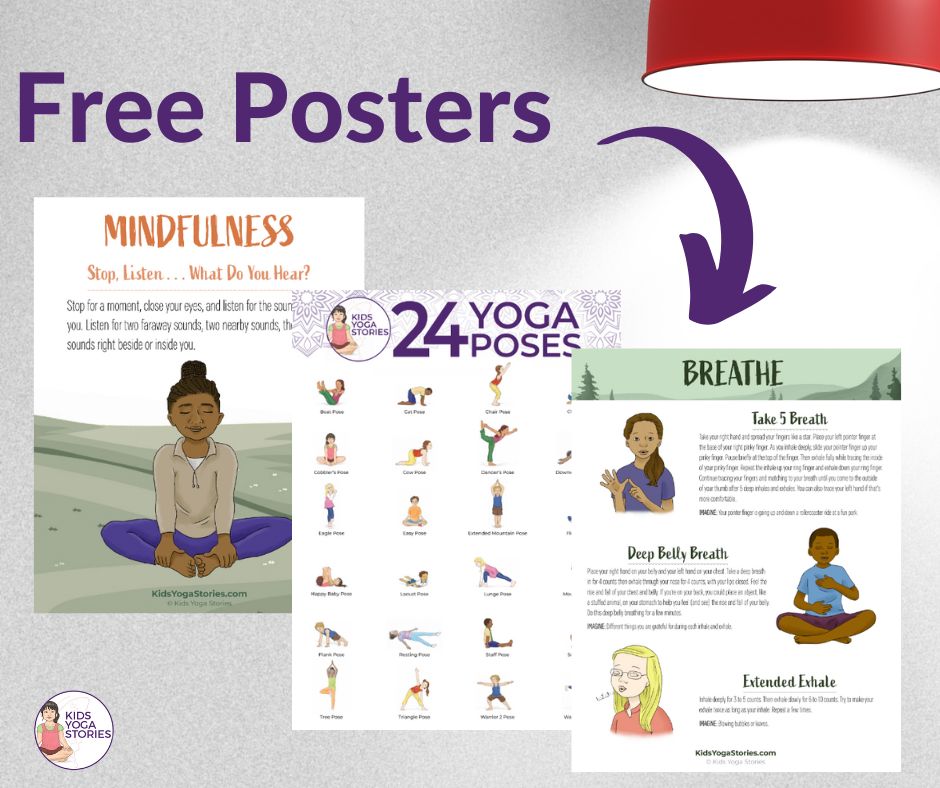
CLICK HERE TO GET YOUR FREE POSTER PACK.
Other Resources to Learn about the Yoga Sutras:
These resources were recommended by Katie Rose:

The Yoga of Max’s Discontent, by Karan Bajaj
This novel inspired by the final chapter of the yoga sutras describes the transformation a man takes from working long hours at a corporate job to then discovering a yoga life in the mountains of India.
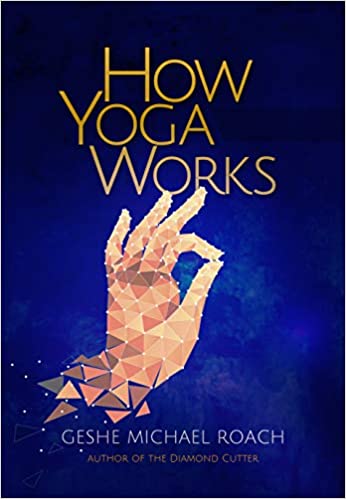
How Yoga Works, by Geshe Michael Roach
This novel follows a young woman who teaches an Indian village the principles of yoga while being held captivate in their town jail.
Yoga Sutra Study
This website offers multiple translations of the yoga sutras.
https://yogasutrastudy.info/yoga-sutra-introduction
ADD DEPTH AND MEANING TO YOUR KIDS YOGA CLASSES
MAY WE SUGGEST
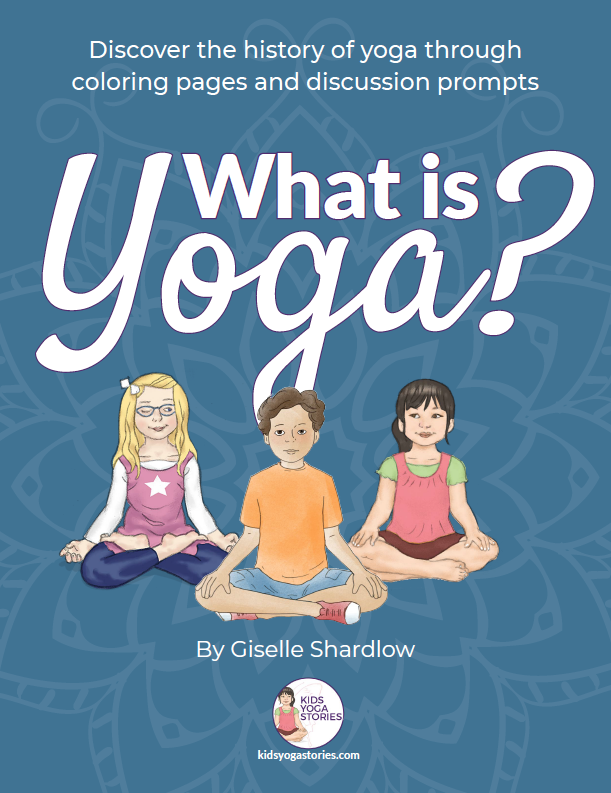
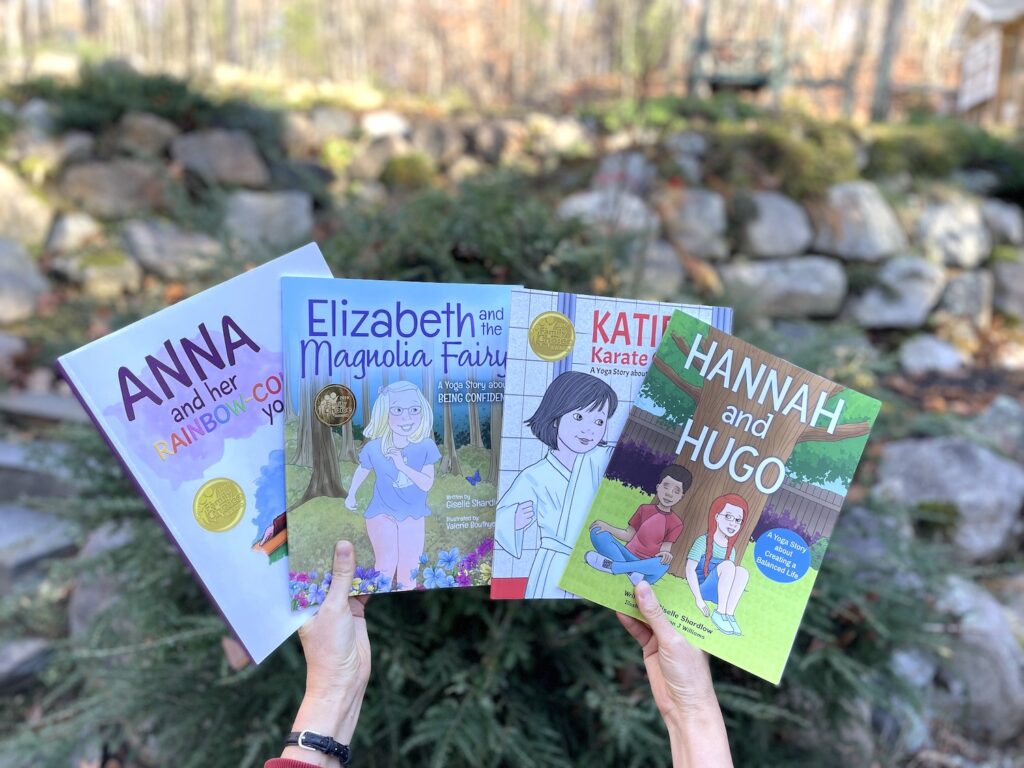
PIN IT FOR LATER
